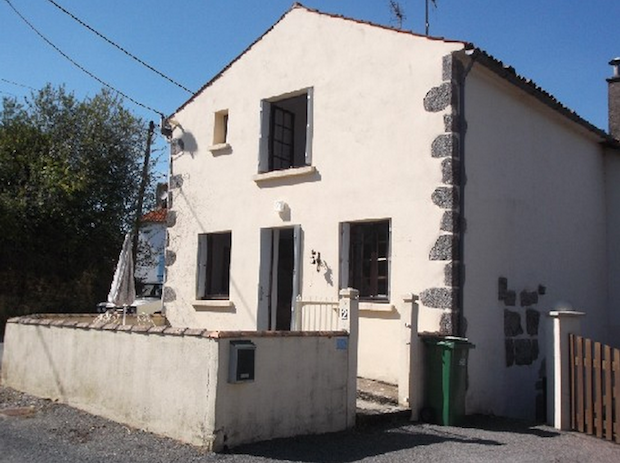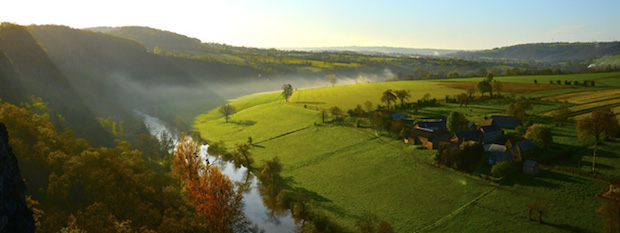A FANTASTIC OPPORTUNITY TO ACQUIRE this ideal holiday home, easy to run and 'lock up and leave' in a small village hamlet between l'Absie and Coulonges, only 30 minutes south of Bressuire, where there are all shops and services. 90 minutes from the Vendee coast and airports at Nantes and La Rochelle. 4-5 hours from the car ferries in Caen, Cherbourg and Le Havre.
ONLY 54500 euros including agency fees...

A well presented end cottage with attractive rural aspect. There is a small courtyard directly in front of the house with further gravelled garden with outbuildings across the lane. Parking spaces.
Entrance into open plan living room with kitchen area, stairs to first floor landing, good size double bedroom, shower room with WC.
Rooms in more detail:
Ground Floor - Living/Dining/Kitchen - 33.00 m2 - Open Plan, exposed beams, exposed brickwork.
1st Floor - Bedroom - 23.00 m2.
Corridor - 3.00 m2 - landing and large cupboard.
Bathroom - 4.00 m2 - Hip Bath with shower over, WC and basin.
Cellar - 33.00 m2 - head height under living room, storage, sink and electric.
Local Taxes:
Taxe fonciere - 147 euros a year.
Taxe d'habitation : 204 euros year.
Some of the furniture can be left if requeired: Dining Table and 4 chairs, Settee, Cooker (gas bottle), Buffet Unit, SuperKing Bed / Mattress, Other items (to be agreed), Washing Machine (top Loader - new), Misc items / fixtures and fittings.
Outside:
Courtyard, further courtyard with covered terrace and small outbuilding. Parking for 2 cars.
Mains drainage is connected to the property.
Estimated Notaire fees of 4633 euros.
Features: Parking space, Terrace, Outbuilding(s), Courtyard. Living area 62 m2 approx. Living room 33 m2 approx. Shower room (1st floor). Bedroom 1 (1st floor 23 m2).
The department of Deux Sevres is in the Poitou-Charentes region, in the western part of France below the Pays de la Loire region. In recent times this department has become an ever popular destination for French property buyers. Prices are still reasonable and one cannot help being seduced by the diverse cultural heritage, delicious local cuisine, seafood and of course the lovely rolling countryside.
Deux Sevres has a very mild climate, similar to that of Aquitaine and the Poitou-Charentes region, it is the second sunniest region of France where people adopt a relaxed, simple way of life ideal for holidays and leisure activities.
The transport links are very good too, with five international airports, the TGV (high speed train) in Niort can reach Paris in 2 hours, to Bordeaux in 1hrs 30mins and Toulouse in 4hrs 30mins. Good motorway links to Bordeaux, Nantes, Tours and Paris make it a great location.
Cle France are French Estate agents with agents across France in most regions and with over 8000 houses for sale in all price brackets and in all styles to suit everyone. This bi-lingual service will help you find the right property for you with the minimum of fuss.
NO HIDDEN FEES: The price you pay is the same as anyone walking through the door of our agency in France, same as the price paid by the French buyer.
All quoted prices are INCLUSIVE OF AGENCY FEES (FAI): with Notaire's fees to be added (these average 7% to 8%).
OUR AGENTS: are all registered and insured in France, they are holders of the 'carte professionnelle'as required by French law.
So when you buy through Clé France: you have the benefit of a bi-lingual support team & can be confident that you are paying no more than the standard commission rates you would pay anyway.
CONTACT US: to discuss your search for property in France, or indeed for any further information you may require on French property sales.

Blog submitted by: David at The French Property Network - Cle France.